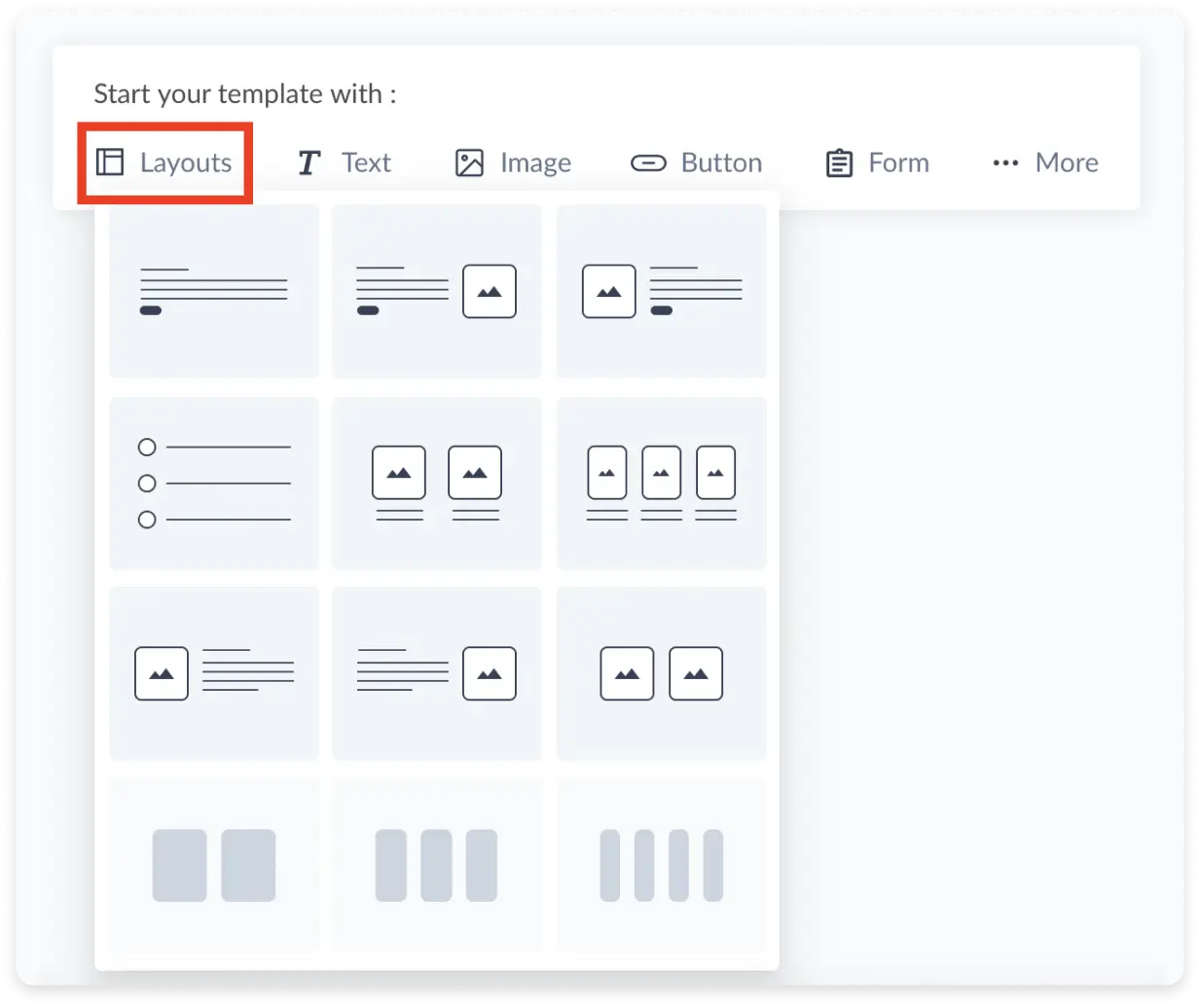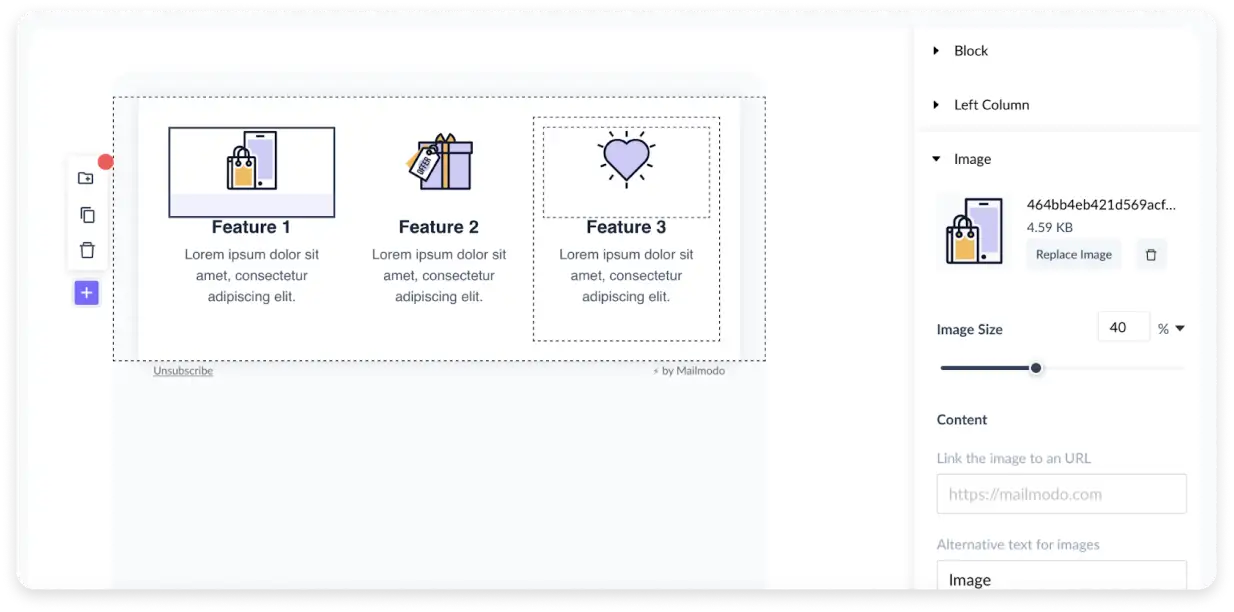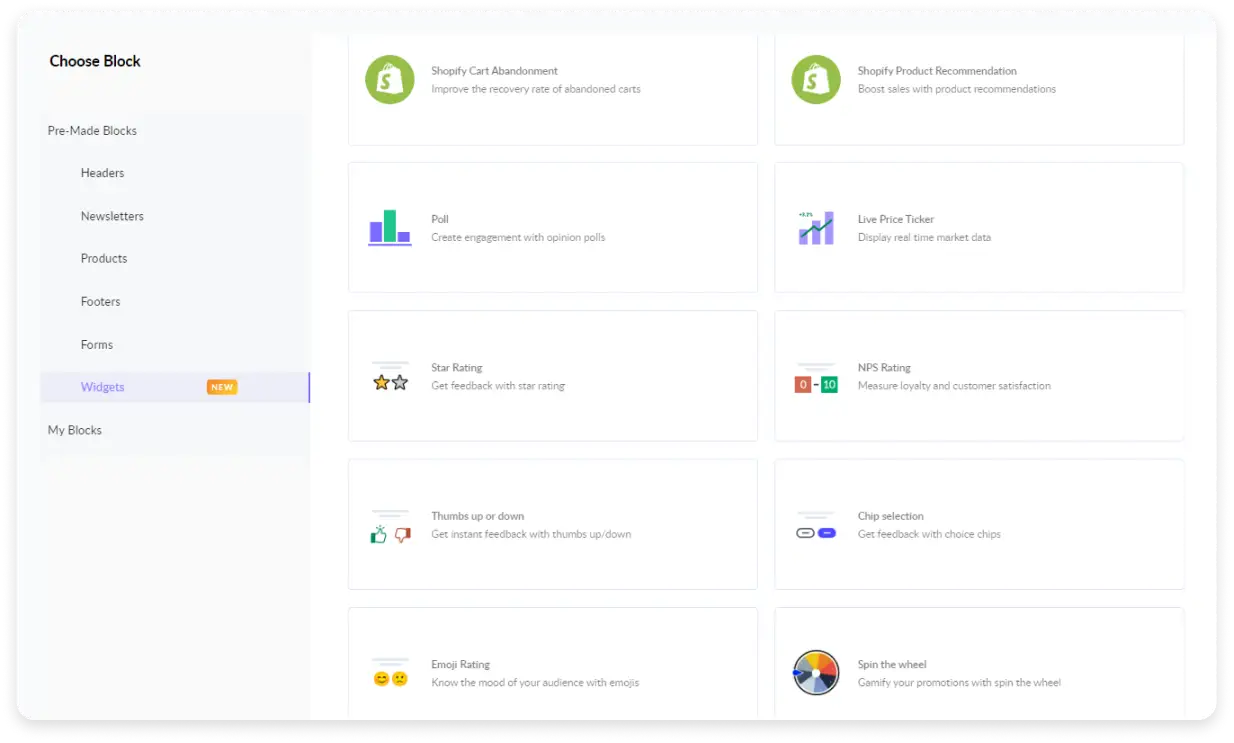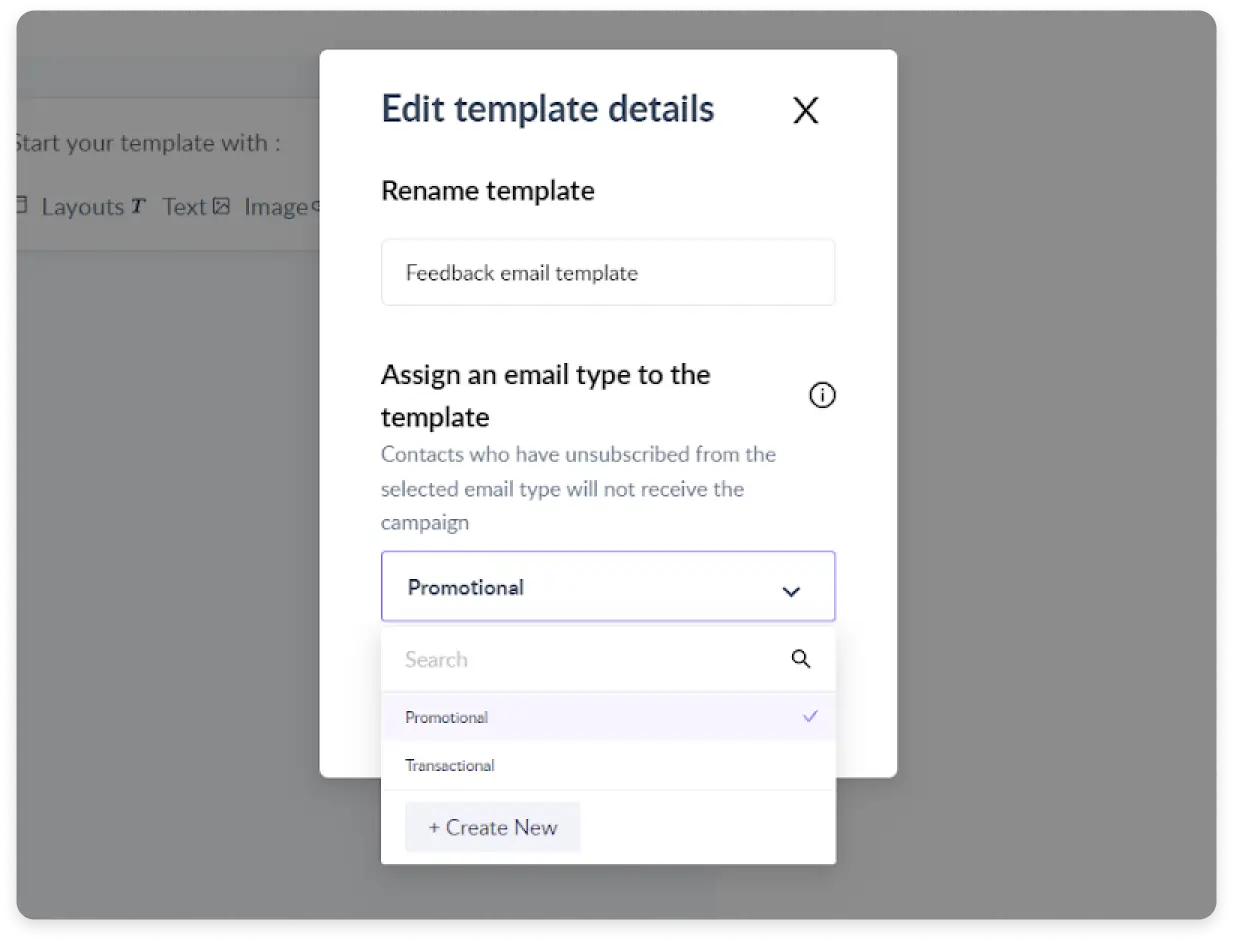Sparktoro, an audience research tool, saw a shocking increase in its growth trajectory in March 2021 when they sent feedback emails to their customer asking how they use the tool and any problems they might be facing.
That single email got them 719 replies, and the Sparktoto team used these replies to identify the major problems they could work on. Not only did they resolve, but they also informed their recipient about the same. This approach led to an increase in the conversion rate of older, less active, free accounts. At the end of March 2021, they were more than 150% above their budgeted growth rate.
It is one of the potentials of sending relevant feedback emails and making your customer realize that you care about them and want to serve them better.
So, you can start now if you aren't already collecting feedback via email. Our guide will walk you through the nitty-gritty of customer feedback emails and an email template you can replicate.
Table of contents
What is a feedback email?
A feedback email is one of the most useful emails you can send to your users. These emails collect customers’ views, opinions, and thoughts regarding your product/services, webinars, workshops, customer support, etc.
Besides customers, these emails are often used within an organization to collect feedback on your employees and overall experience with the company.
You can ask for feedback using various surveys, including the NPS survey, the CES survey, the CSAT survey, etc. These emails often used a mix of open-ended, multiple-choice questions, emojis, thumb ratings, etc.
Here is an example of a simple NPS survey email from Mailmodo that users can fill without leaving the email.
Customize this NPS survey email template
Different use cases of feedback emails
- Collect feedback on product purchases.
- Follow up and ask attendees for post-event feedback.
- Keep the engagement going with our leads via post-demo call feedback emails.
- Collect feedback from your employees.
- Follow-up with post-interview feedback emails.
- Ask customers about their experience with your customer support team.
Why should you send feedback emails?
You are not your customers, and the way they experience your product/services are unique to them.
Yes, you can look at your analytics data, find the highs and lows in a specific period, and develop hypotheses to correct the lows and leverage the highs. But, there is a crucial part that you might miss validating your hypothesis.
One of the best ways to do this is by asking your customers for feedback via sending them polite feedback emails. Sending a feedback email offers the following benefits:
- Identify friction points and problems in the buyer’s journey
- Build brand trust and credibility through active follow-up
- Build strong customer relationships
- Make users a part of your brand.
- Collect data to send targeted and more relevant email campaigns
Related guide: How to Enhance Customer Experience to Drive Retention and Growth
Tips for collecting customer feedback via emails
You can reap the benefits of feedback email only if your customers are responding to them. Sending and waiting for the magic to happen isn’t going to work. You need to put in the effort, time, and creativity in your emails, ensure that they’re relevant to the target recipient, and encourage them to share their invaluable feedback.
So, to help you achieve that, we have shared X best practices you should follow to get a higher response to your feedback emails:
1. Personalize the message
A little spark of personalization can do wonders for you as it makes emails more personal and makes recipients feel you took the time to curate email for them and that their feedback matters to you.
At the very least, even if you have limited data, try to address recipients by their first name, such as Hey John! instead of Dear customers or Dear valued customers.
Related guide: An Ultimate Guide to Creating Personalized Emails
2. Be transparent behind the intent of feedback.
No one would give up their seat on a crowded train, but if someone says, “Hey_, I am not feeling well, I need to sit down.”_ a few people will give up their seats.
The same psychology works when you are asking for their feedback. Make it clear why you need their feedback. How would you use that? Giving them a strong reason would help you get more responses.
So, instead of saying, “Hey, we would love to get your feedback,” give them a reason -“Hey, as we are working on improving a few features in our product, we would like to get your input to make your experience better.”
3. Offer enticing incentives
Another way to get a higher response is to give an incentive they can’t refuse. An incentive works because people don’t like to invest their time until there is something in it for them. It’s basic human psychology.
When you offer something in return for their time, it makes them feel included and valuable. You can send different incentives, including:
Gift cards
Membership discount
1-month free access to premium membership
Physical products relevant to their preferences
Exclusive discounts
Here is an example of how Mailmodo incentivize customers to collect review on their product
4. Send emails at the right time
Timings affect your feedback response rate because if you send post-event feedback after a day, users might not respond as there is a huge time-lapse, and they might have forgotten about the event.
But remember, the timings of every feedback email you send will vary as some emails should be sent immediately after an action, such as post-event feedback emails. In contrast, interview feedback emails require adequate intervals not to sound intrusive or annoying.
Related guide: How to find the best time to send emails
5. Include a clear call to action
Make it clear and easy for the recipient to know what actions they’re supposed to take. Having a clear CTA is just one of the elements to create a better experience for your customer and encourage them to complete the feedback.
Your call to action button needs to be prominent, and the CTA copy should tell the action. Check out our guide to know more about how to clear a compelling CTA.
6. Use interactivity in your emails
AMP emails and interactivity within the email have the potential to change how subscribers interact with your emails. One of the reasons feedback responses are low is the redirect to a browser which discourages recipients from not completing the form.
But, by embedding those forms and surveys within the email, you rescue such friction and give users an option to complete them without leaving their inbox. Ultimately, you can get a higher response to your feedback emails.
Here’s an example of an AMP feedback form email used by Allround, a global ed-tech platform that got them a 28% feedback response.
Technologies like AMP for Email and Interactive HTML can provide a richer, more app-like experience by enabling actions like RSVPing to events, booking appointments, and even shopping and making purchases, all without leaving the inbox. -Lauren Meyer, Chief Marketing Officer, SocketLab
Here is another example of how big brands can leverage AMP emails to get a higher response to their feedback emails
@myntra, Do you think taking users through all the redirections, for getting a quick feedback is a good #CustomerExperience?
— Mansi Peswani (@peswani_mansi) January 19, 2022
You can let users give #feedback inside the email itself, without any redirections.
Try @mailmodo!#Flipkart #Amazon pic.twitter.com/zcz6xo5dT2
Customizable interactive feedback email templates
We have shortlisted a few of our best feedback email templates that you can customize and get higher submissions on your emails.
Post-delivery feedback email templates

Post e-book download feedback email templates
Customize this thankyou post-e-book download email
Product satisfaction survey form
Customize this product feedback email
Post-event feedback email template
![] Customize this [event feedback form template](https://www.mailmodo.com/email-templates/event-feedback-form-email/)Restaurant feedback email template
![] Customize this [restaurant evaluation feedback email](https://www.mailmodo.com/email-templates/customer-feedback-email/)Feedback email template after demo call
![]Check out our AMP and HTML email template library to get more inspiration for your next email campaign
How to customize and send feedback email templates in Mailmodo
Mailmodo has a codeless, drag-and-drop-email editor that allows you to create and customize pre-designed AMP and HTML email templates. Here’s how to use our email editor to create engaging emails:
- To access the template editor, you must have an account with Mailmodo. Signup here if you don’t have an account.
- Go to templates from the left-side navigation bar and choose either from the existing templates or create a template from scratch.
- The email template builder will open.
- Now, begin by choosing the layout from the drop-down list.

- Each section within the layout is customizable. You can add images, adjust the alignment, and change text, color, etc., as per your preference.

- We have made a pre-made block section to save time and make the email creation process easier for you. You can select pre-made blocks such as forms, header, footer, interactive widgets, etc.

You can even create a new block and save it for your future email campaigns.
Once you are done, name the template and add it to the existing category or create your own. The categorization will help you keep track of your email templates.

- The last step is to preview your email before sending it to your recipients. Send this email to yourself by using our ‘send test campaign’ feature to check if everything renders as per your expectations.
To learn more about how to use Mailmodo’s email editor, check out our help guide.
Collect feedback today!
Customers drive your business, and it’s your responsibility to listen to their problems, pain points, and preferences and create an experience that caters to their needs. With feedback email, you can deep dive into all this information and build a stronger and loyal relationship with your subscribers. Users who feel you are listening to them connect more and become loyal customers.
Besides feedback email, you should always be on the lookout to retain customers and build brand loyalty. Our guide on hacks to boost customer retention using email marketing will direct you in that direction. So, check it


